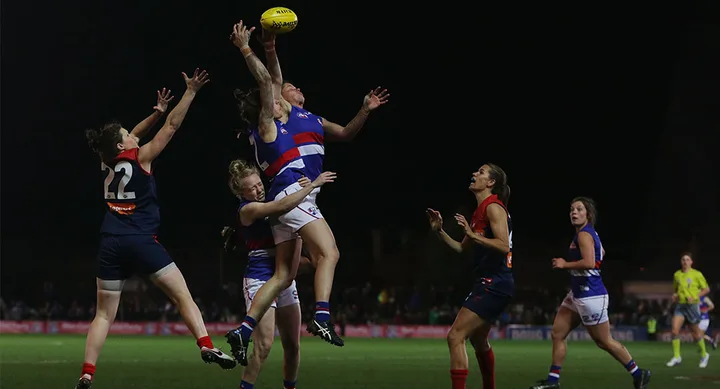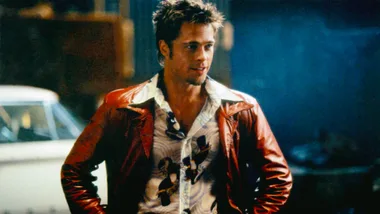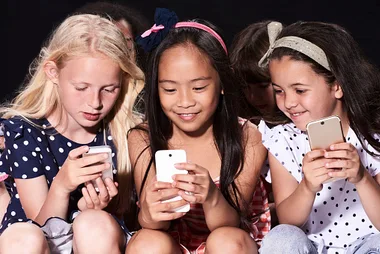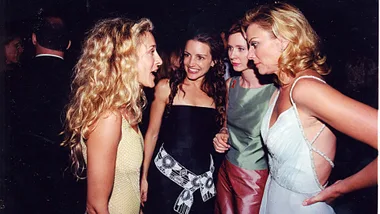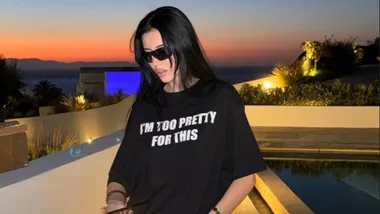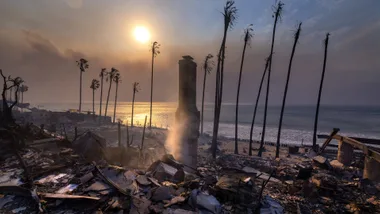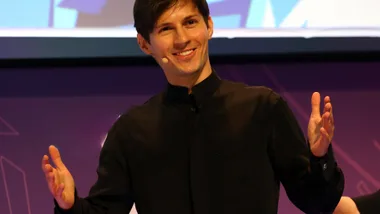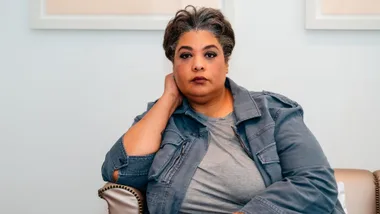By whatever yardstick you choose to measure it, 2016 has been a stellar year of footy. The Western Bulldogs won their first cup in more than fifty years, fledgling team Greater Western Sydney Giants reached the semi finals and showed their fierce mettle for the years to come, and footy’s golden boy Patrick Dangerfield picked up a Brownlow Medal.
But the capstone on this year of rejuvenation after drug scandals and pay disputes, was the announcement that in 2017 the AFL would launch its first ever womens’ league.
The cherry on top of that cake was the news that September’s exhibition game featuring All-star players was the second most watched live womens’ sports game in the history of Australian television. (The only game with higher ratings was the womens’ singles final at this year’s Australian Open). More than one million people watched the game on Channel 7, with an average audience of 387,000 in Melbourne, AFL’s heartland.
If you’re feeling all warm and fuzzy, knowing that womens’ sport is finally getting the recognition that it so justly deserves, try and hold onto that feeling. Because it’s about to dissipate.
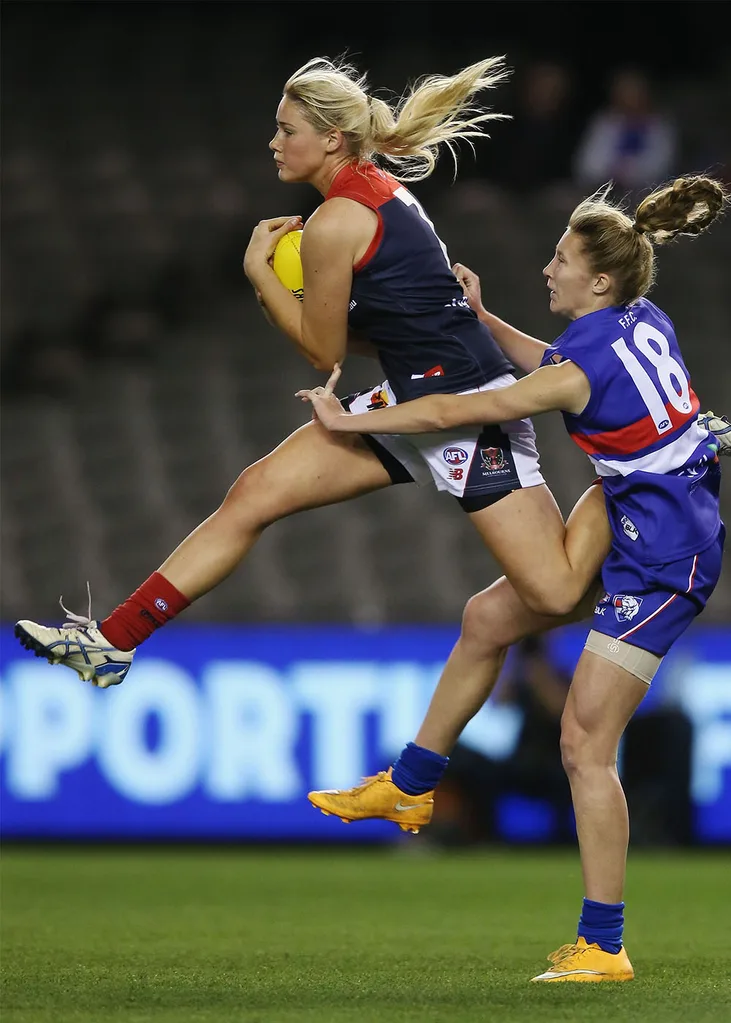
The 145 players in the eight team womens’ league will be paid as little as $5,000 for the duration of the eight week season next year.
They won’t be receiving private health insurance or even boots… unlike the men in the professional AFL league.
And just to demarcate the comparison, the average salary for male AFL players is $300,000. That’s not even including sponsorship deals and bonuses. That’s a base salary. An average base salary. It’s also $100,000 more than the than $200K salary cap placed upon the entire wages available for the womens teams.
Some women in the league will be receiving more than the measly sum of $5,000. Priority players will receive $10,000 and “marquee” players will receive $25,000. That’s a far sight better than $5,000, but still $10,000 short of minimum wage in Australia. It’s also less than the lowest-paid male player on a club’s books: their rookie, who earns a base salary of $57,100 for the season.
And it’s also quite a bit less than the $200 million that the AFL forked out last week to buy Etihad Stadium in Melbourne, even though it would have taken ownership of the stadium for just $30 if it waited until March, 2025.
This week a campaign has been launched by an anonymous group going by the moniker Fiona Fair Pay calling for women to “take their boots off” in solidarity with female footy players. Launched to coincide with the AFL draft pick, which kicked off yesterday, the #BootsOff campaign has already attracted hundreds of tweets and Instagrams in support.
There is simply no excuse not to pay our female AFL players a decent wage. They are playing the same brutal, physical game as their male counterparts. They are giving up as much of their time for training. They are not lesser athletes than the men.
And, according to some reports, the money is there. Or at least, the money has the potential to be there. Gary Pert, CEO of the Collingwood football club, which will launch a womens netball and AFL team in 2017, has said they have had to turn away sponsors who are clamouring to become a part of the lucrative business of female sport.
“We literally have more sponsors than we can take on board, so help us find a way to do it because the more money in the competition the more we can say ‘that justifies the girls getting paid more money’ and that absolutely has to be a priority,” Pert told The Age.
The AFL could take a leaf out of Netball’s books, who have taken on board concerns about fair pay and have offered a $5.5 million dollar pie to be shared between the league’s 80 players. The average salary is $67,500 and players will receive private health insurance, income protection in case of injury and childcare for infants under 12 months old that will allow them to travel with their mothers to away games.

Answering criticism of the unfair pay rate, AFL boss Gillon McLachlan told The ABC that “we don’t have a broadcast deal, we don’t have a sponsorship deal, at the moment we don’t have any commerciality around the league. We’ve got to start up, a complete start-up, so we’re investing millions of dollars next year in establishing a league.”
We have a pretty simple solution to this: companies need to get on board. Sponsorship deals need to be signed. Brands need to align themselves with the womens league.
AFL is the game with some of the highest participation levels from female viewers. About a third of Australian women are footy fans, according to research, with the Sydney Swans and Collingwood ranking as the most popular teams among the female population.
The AFL is hoping this audience will carry over to the female league. And this could represent a lucrative, highly profitable advertising market for companies, as has been proven with the Netball league. Netball Australia has inked major deals with ANZ, Telstra, Australia Post, San Remo, Samsung, Chemist Warehouse, Swisse and STA travel, not to mention deals with sporting goods manufacturers to provide uniforms, balls, equipment and yes, you know what’s coming next… running shoes.
We need to get boots for our female AFL players. We need to get them a fair wage. It’s as simple as that.
